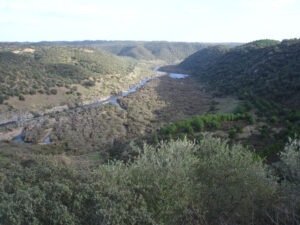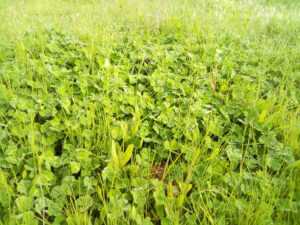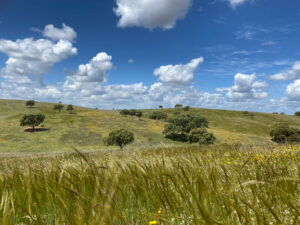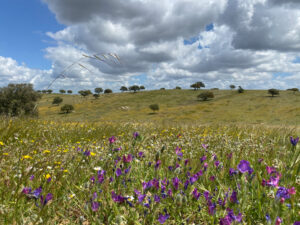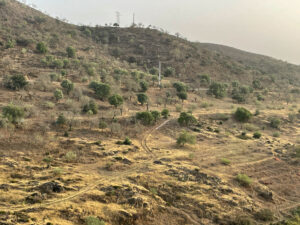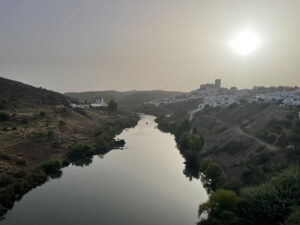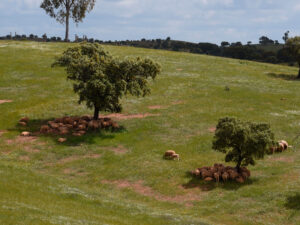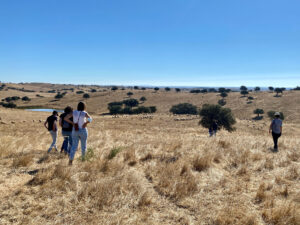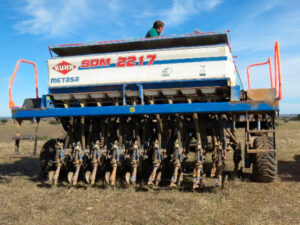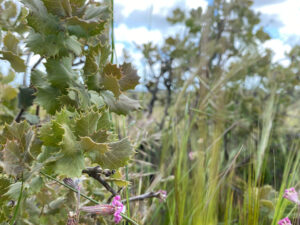Parque Natural
do Vale do Guadiana

![]() Limites do Parque Natural do Guadiana
Limites do Parque Natural do Guadiana![]() Limites do ZPE do Vale do Guadiana
Limites do ZPE do Vale do Guadiana
Veja em: geocatalogo.icnf.pt

Area: 69 666 hectares
Location: Southeast Portugal
Region: Baixo Alentejo
Population: 114 863 inhabitants (Census de 2021, INE)
Land use:
agricultural areas
agrosilvopastoral areas
forestry areas
grasslands and pastures
bushland and scrubland
+SOLO +VIDA takes place in the Parque Natural do Vale do Guadiana and in the ZPE Vale do Guadiana, covering part of the municipalities of Mértola and Serpa. The protected area was created in 1995 with the aim of conserving the natural heritage and promoting the sustainability of traditional socio-economic activities existing in the surroundings of this big river of southern Portugal.
This natural park begins upstream of Pulo do Lobo and extends to the mouth of Ribeira do Vascão. This classified area hosts the fauna and flora species protected in the ecological systems and habitats of priority classification of the European Union Directives (PTZE0047, PTCONN0036 and RAMSAR site Ribeira do Vascão).
The Montado of holm oak forest with arable crops undercover, pastures and set-aside lands predominate in the landscape and are the support of the farming and livestock activities practiced in the region. The agricultural areas are 32.16% of the land use and the agro-forestry-pastoral areas correspond to 26.24% of the occupation in the natural park. Therefore, the good agrosilvopastoral practices proposed in this project are so important. Measures like reforestation, soil protection, water conservation and biodiversity will protect the future and the economic, social and environmental sustainability of this region in Baixo Alentejo.
+SOLO +VIDA project aims to raise awareness and empower farmers, but also all the local players who develop their activity in this protected area, to take an active role regarding erosion and decline in organic matter in these agroforestry systems and extensive pastures.
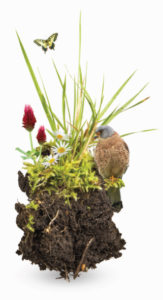
In this region affected by natural phenomena such as desertification and soil erosion, it becomes urgent and unavoidable to promote regenerative local-based measures and actions. To achieve efficient results we invite all the stakeholders to participate, we suggest regenerative solutions based on science and adjusted to the existing reality in order to foster resilience and adaptation to climate change among with local farmers.
